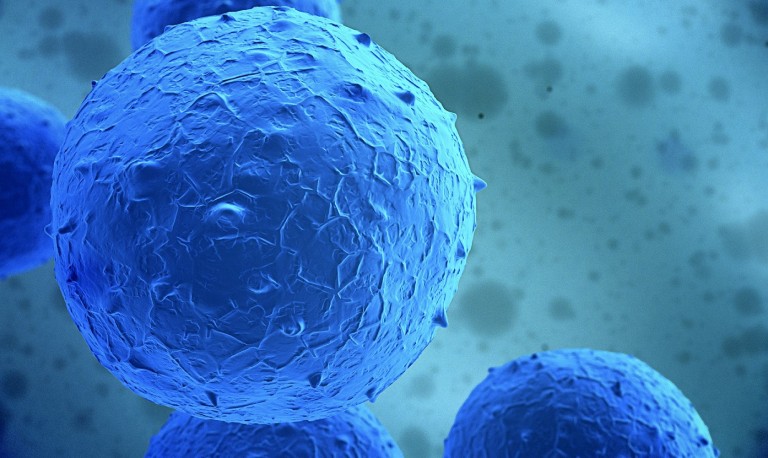
California-based Ultragenyx Pharmaceutical Inc (NASDAQ:RARE) just released some interim data from its ongoing trial of its lead development candidate KRN23. The company is targeting a condition called tumor induced osteomalacia, and the ongoing phase 2 has drawn considerable attention from speculative investors looking to take position ahead of a late stage pivotal that could see Ultragenyx kickoff commercialization in a multibillion-dollar space before the close of the decade. Market response to the release has been overwhelmingly positive, so here is a look at the drug in question, and what the latest data means for the company going forward.
Click Here For More Market Exclusive Updates & Analysis
First, as always, let’s take a look at the science behind the candidate and the indication it is targeting. Tumor induced osteomalacia comes about as the result of a benign tumor that produces excessive amounts of a protein called fibroblast growth factor 23 or FGF23. FGF23, among other things, is responsible for the suppression of 1-alpha-hydroxylase, which we don’t really need to go into in too much detail here, but what’s important is the suppression means the 1AH can’t activate vitamin D, and in turn, means the body can’t absorb calcium.
This leads to the common symptoms of TOA, which are hypophosphatemia, osteomalacia, muscle weakness, fatigue, bone pain, and fractures. KRN23 is what’s called a recombinant fully human monoclonal IgG1 antibody that acts against the FGF23 protein. When an antibody “acts against” a protein, all this means is that it binds to it, and the binding stops it from performing whatever task it performs – in this instance, 1AH suppression. Through this inhibition, the absorption of calcium and phosphate is increased, and this – theoretically – should treat the condition.
So, did the data support this hypothesis?
In a word, yes. It’s still early days, of course – that’s the nature of a phase II trial. However, the data looks to be about as positive as it might have been at this stage. The trial is first and foremost a dose trial – i.e. the company is trying to determine what is the safest, and yet most effective, dose to carry forward into a pivotal late stage. However, there are some efficacy endpoints that are really important, and have played a key role in the market response to the released data. The primary efficacy endpoint was proportion of patients achieving mean peak serum phosphorus levels above the lower limit of normal (LLN; 2.5 mg/dL), as averaged between baseline and week 24. What this means is that if a patient has phosphorous levels above the lower range of normal (2.5 mg/dL) they are seen to have met the trial’s target, and they go towards the overall percentage figure. So what percentage of patients fall into this successful category? It’s only a small trial (the condition is relatively rare, so this shouldn’t be a problem for the FDA from a stat-sig perspective) with eight patients available for data analysis at interim release. Six of the eight patients achieved serum phosphorus levels that entered the normal range, which comes in at 75% – what looks to be a great result as things stand.
Further, there were no serious AEs reported. A high proportion of patients reported what are called treatment-emergent adverse events (87.5%), but these aren’t serious and so shouldn’t have too much of an impact on both Ultragenyx’s and the FDA’s decision to carry the drug through to a pivotal trial post completion of this phase II.
So what’s next, and what sort of timeframes are we looking at? Next up we’ve got primary and study completion, and then topline data release. This is the next major milestone, and the likely driver behind the company’s market capitalization near to medium term. If the company can continue to demonstrate efficacy at the current dose, while maintaining the relatively tight tolerability profile, then we should see some considerable upside going forward. Completion is set for September 2016, and topline should come out shortly after, so the final quarter of the year is when things should really start to move.
What to keep an eye on? In the release, keep an eye on the aforementioned peak serum phosphorus, and the proportion of patients that fall within the normal range. If it remains at or around 75%, things look good for Ultragenyx and its shareholders. One to watch.




